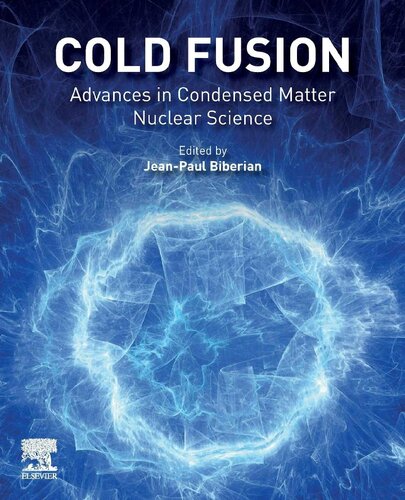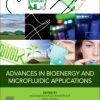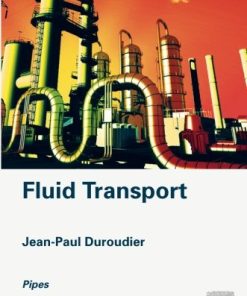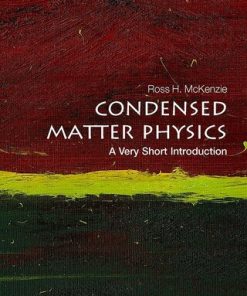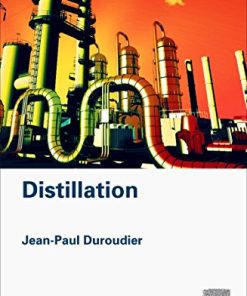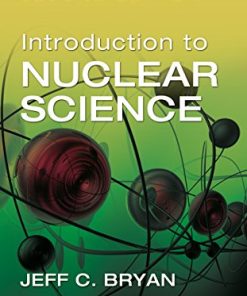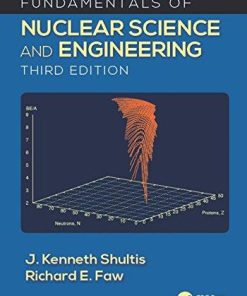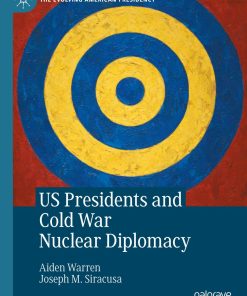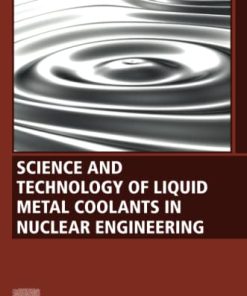Cold Fusion: Advances in Condensed Matter Nuclear Science 1st Edition Jean-Paul Biberian (Editor)
$50.00 Original price was: $50.00.$25.00Current price is: $25.00.
Cold Fusion: Advances in Condensed Matter Nuclear Science – Ebook Instant Download/Delivery ISBN(s): 9780128159446,0128159448
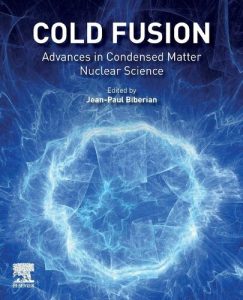
Product details:
- ISBN-10 : 0128159448
- ISBN-13 : 978-0128159446
- Author(s): Jean-Paul Biberian
Cold Fusion: Advances in Condensed Matter Nuclear Science provides a concise description of the existing technological approaches in cold fusion or low energy nuclear reaction engineering. It handles the chemistry, physics, materials, and various processes involved in cold fusion, and provides a critical analysis of obtained theoretical and experimental results. The book has a very international appeal with the editor from France and an international pool of chapter authors from academia and industry.
This book is an indispensable resource for researchers in academia and industry connected with combustion processes and synthesis all over the world.
- Systemizes the rapidly growing amount of information in cold fusion or low energy nuclear reaction technologies
- Defines the scientific fundamentals for understanding of cold fusion engineering
- Provides an overview of the history of the development of cold fusion engineering
- Written by an international pool of chapter authors
Table contents:
Part 1: Electrochemistry
Chapter 1: Production of helium in cold fusion experiments
Chapter 2: Review of Pd/D co-deposition
Chapter 3: Electrochemical loading to produce the Fleischmann-Pons heat effect (FPHE)
Chapter 4: Fundamentals of isoperibolic calorimetric for cold fusion experiments
Chapter 5: Can clean and stable deuterium loading and well-tailored microstructure improve reproducibility?
Part 2: Gas Phase
Chapter 6: Gas phase
Chapter 7: Electrically induced anomalous thermal phenomena in nanostructured wires
Chapter 8: Experimental procedures for excess heat generation from cold fusion reactions
Chapter 9: Heat generation experiments using nano-sized metal composite and hydrogen gas
Chapter 10: Screening energy for low energy nuclear reactions in condensed matter
Part 3: Transmutations
Chapter 11: Review of permeation-induced nuclear transmutation reactions
Chapter 12: Effective LENR and transmutation of stable and radioactive isotopes in growing biological systems
Chapter 13: Transmutations and isotopic shifts in LENR experiments
Part 4: Models and Theories
Chapter 14: The basic nature of the cold fusion effect
Chapter 15: Models based on phonon-nuclear coupling
Chapter 16: A study on electron deep orbits by quantum relativistic methods
Chapter 17: Universal mechanism of LENR in physical and biological systems on the base of coherent correlated states of
Conclusions
Index
People also search:
cold fusion fallout
cold fusion energy
adobe coldfusion
cold fusion software
cold fusion strain
cold fusion hair extensions
You may also like…
Education Studies & Teaching - School Education & Teaching
Science (General)
Physics - States of Matter
Engineering
Uncategorized
Politics & Philosophy - Social Sciences
Engineering - Industrial Engineering & Materials Science
Science and Technology of Liquid Metal Coolants in Nuclear Engineering 1st edition


